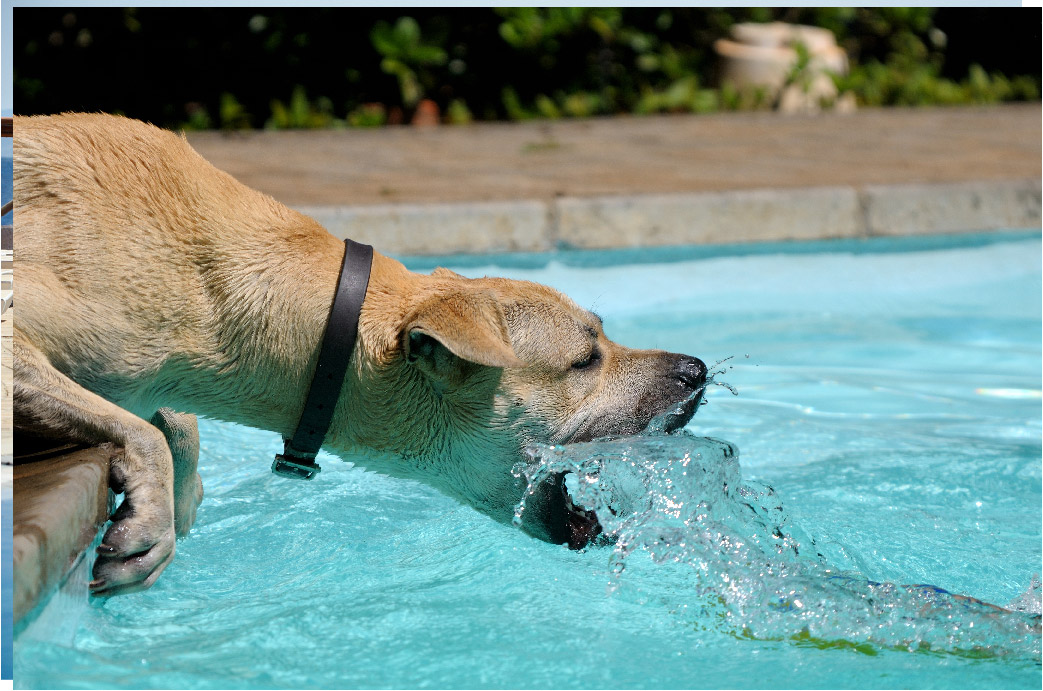Say Goodbye to Unpleasant Pool Foam with Effective Solutions and Tips
Introduction
Pool foam can be an unsightly and unwelcome sight in your swimming pool. It is typically caused by a buildup of organic materials, high levels of chemicals, or the use of low-quality pool products. To maintain a clean and inviting pool, it’s essential to understand the causes of pool foam, how to prevent it, and the best methods to treat it. In this article, we’ll discuss what causes pool foam, effective prevention measures, and the right products to treat and eliminate it.
Causes of Pool Foam
- Organic Materials: Decomposing organic materials, such as leaves, grass, and other debris, can cause foam in your pool as they release proteins and other substances into the water.
- Personal Care Products: Sunscreen, lotions, and hair products used by swimmers can contribute to foam formation as they mix with the pool water.
- High Chemical Levels: Overuse of certain pool chemicals, such as algaecides, can lead to foam buildup.
- Low-Quality Pool Products: Low-quality or expired pool products, particularly algaecides containing linear quaternary ammonium compounds, are more likely to cause foam.
Preventing Pool Foam
- Regular Pool Maintenance: Skim, vacuum, and brush your pool regularly to remove organic debris and prevent the buildup of organic materials.
- Encourage Swimmers to Shower: Ask swimmers to rinse off before entering the pool to minimize the introduction of personal care products.
- Use High-Quality Pool Products: Invest in high-quality pool products, particularly those that are non-foaming or specifically designed to prevent foam formation.
- Monitor Chemical Levels: Regularly test your pool water chemistry and maintain balanced levels to prevent foam caused by excessive chemical use.
Treating Pool Foam
- Shock Treatment: Perform a shock treatment with chlorine or a non-chlorine shock product to break down organic materials and eliminate foam-causing substances.
- Pool Clarifier: Use a pool clarifier to help bind small particles and organic materials, making them easier to remove through the pool’s filtration system.
- Enzyme-Based Pool Treatment: Enzyme-based products can help break down organic materials and personal care products, reducing foam formation.
- Adjust Pool Chemistry: Test your pool water and adjust the chemical levels as needed to maintain proper balance.
Products to Treat Pool Foam
- Pool Shock: Pool shock products, either chlorine-based or non-chlorine, can help break down organic materials and reduce foam formation.
- Pool Clarifiers: These products help bind small particles and organic materials, allowing them to be removed more efficiently through the pool’s filtration system.
- Enzyme-Based Pool Treatments: Enzyme-based pool treatments can effectively break down organic materials and personal care products, reducing the likelihood of foam formation.
- Non-Foaming Algaecides: High-quality, non-foaming algaecides are less likely to cause foam buildup in your pool.
Conclusion
Pool foam is an unpleasant issue that can detract from the enjoyment of your swimming pool. By understanding the causes of pool foam and taking preventative measures, you can minimize the likelihood of foam formation. Regular pool maintenance, using high-quality pool products, and maintaining balanced pool water chemistry are essential to keeping your pool foam-free. With the right treatment methods and products, you can effectively eliminate pool foam and maintain a clean, inviting swimming environment.
